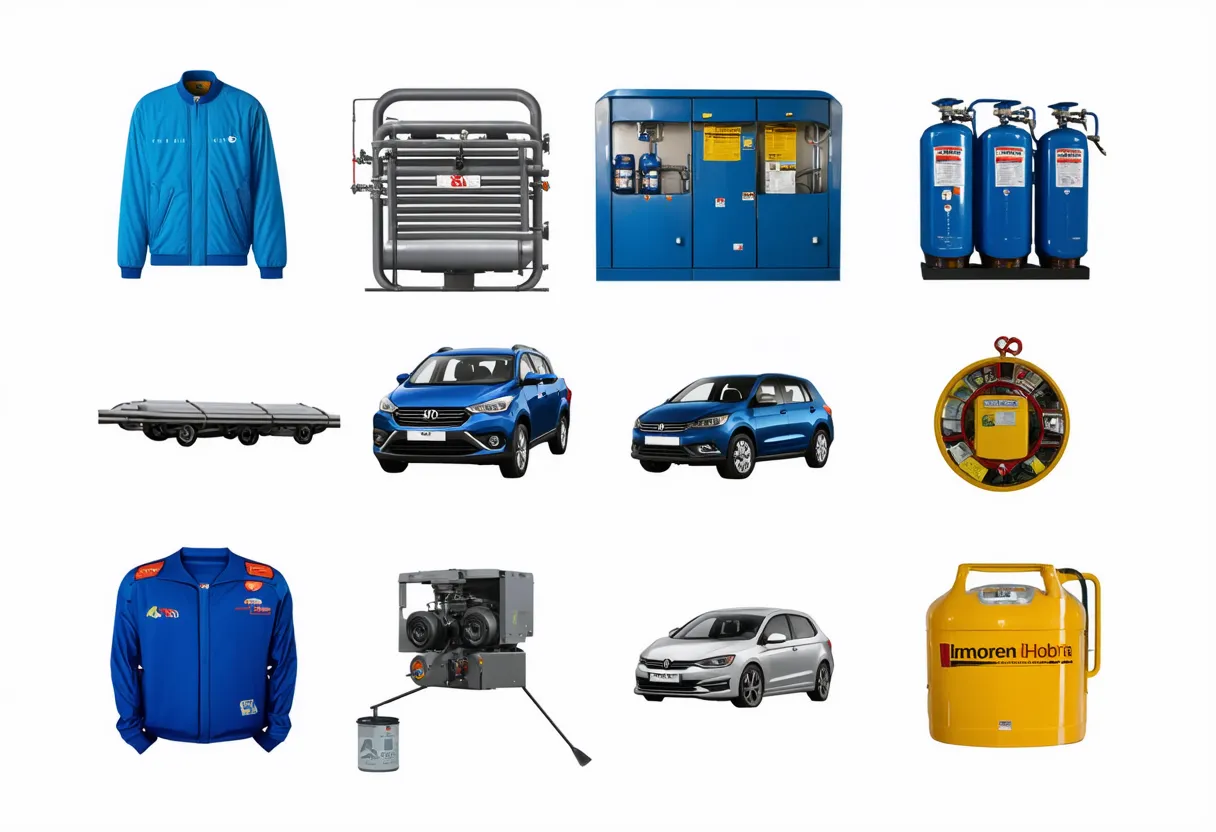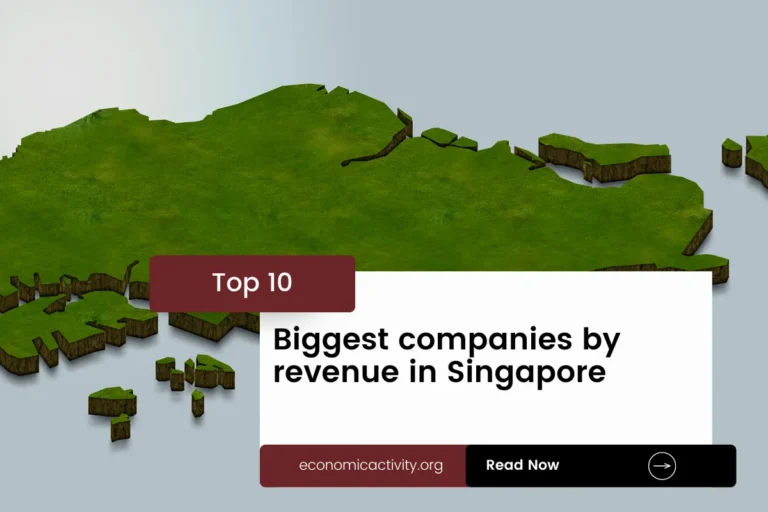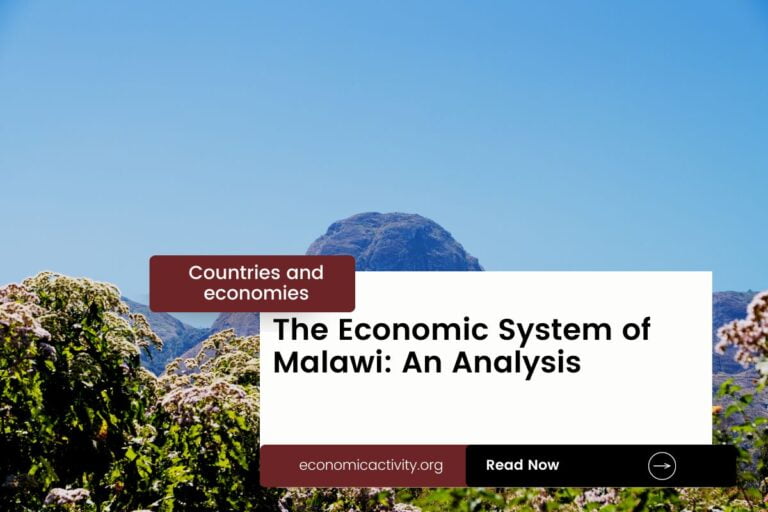Croatia, with a population of 3,855,600, is ranked 124th in the world, just behind Kuwait. Located in Southeast Europe, it covers 88,070 square kilometers, ranking 108th globally, just below Jordan.
Croatia’s economic position in 2022 is stable, with a GDP of $71,600,049,650.195, ranking 78th globally. It falls behind Belarus, which has a GDP of $72,793,457,588.4367. In terms of GDP per capita, Croatia ranks 56th with $18,570.404, trailing behind Poland with a GDP per capita of $18,688.0045.
Despite facing challenges, Croatia’s economy shows potential for growth and development in the coming years.
What are the economic activities of Croatia?
- Primary activities: 3.7% of GDP.
- Secondary activities: 26.2% of GDP.
- Tertiary activities: 70.1% of GDP.

Primary Sector of Croatia
Croatia’s primary sector, particularly agriculture, thrives due to its diverse climate and abundant natural resources. With 26.38% of the land dedicated to agriculture, the country produces a variety of crops and animal products. The main agricultural products include maize, wheat, sugar beets, milk, barley, soybeans, sunflower seeds, grapes, and pork.
Despite contributing 3.7% to the GDP, agriculture plays a crucial role in the economy by providing employment and sustaining rural communities. The top ten agricultural products, based on tonnage, showcase the importance and richness of Croatia’s agricultural sector.
The country’s diverse geology provides a range of natural resources, including oil, coal, bauxite, iron ore, calcium, gypsum, asphalt, silica, mica, clays, salt, and hydropower. These resources play a crucial role in driving the economy through industries like energy, mining, and manufacturing.
Croatia’s oil production of around 11,341 barrels per day contributes to its position as the 55th largest oil producer globally. With 71 million barrels in reserves, the country holds 0.1% of the world’s oil reserves.
Croatia’s gas production of 1.7 billion m³ in 2020 ranks 60th globally, contributing significantly to the country’s economic activity.
Secondary Sector of Croatia
What is the secondary sector or what are secondary activities?
The secondary sector comprises industries that transform raw materials from primary activities into finished goods for consumption. In Croatia, industrial products include chemicals, plastics, machine tools, electronics, metals, paper, wood products, textiles, shipbuilding, petroleum, food, and beverages.
Manufactures play a crucial role in Croatia’s total exports, accounting for 63.88% in 2023. They drive economic growth, create jobs, and contribute significantly to the country’s trade balance and overall prosperity.
Tertiary sector of Croatia
What is the tertiary sector or what are tertiary activities?
The tertiary sector in Croatia encompasses various services where individuals contribute knowledge and time to enhance productivity and meet needs. Key activities include restaurants, healthcare and medical care, education and training, banking and finance, communication and information exchange, tourism and hospitality, and transportation and logistics. These services play a crucial role in the country’s economy by providing intangible goods such as expertise, advice, and attention to both consumers and businesses.
Specifically, Croatia’s economy heavily relies on tourism. With 60,021,000 annual arrivals and a tourist arrival-to-population ratio of 15.5672, it’s a critical sector. Dubrovnik and Split, boasting stunning architecture and coastal allure, are among the most popular destinations, attracting visitors from around the globe.
Another example of tertiary economic activity is the mobile cellular sector, with approximately 4.48 million subscriptions, supporting technological growth by enhancing communication, fostering innovation, and driving digital services.
Military Activities and Economic Sectors of Croatia
The military is a key example of how different economic activities work together. In the primary sector, resources are extracted for military use, like metals for weapons. The secondary sector focuses on manufacturing military equipment, ensuring soldiers have the tools they need. The tertiary sector provides services, such as training and logistics. Research and development fall under the quaternary sector, while high-level decision-making is part of the quinary sector.
In Croatia, the most recent annual military expenditure is $1,439.1 million, which is 2.16% of the country’s GDP. The active military force consists of 15,200 personnel, resulting in about 8.6 active military members per 1,000 people. These figures show how the military is linked to various economic activities in the country.
Biggest company in Croatia
Which is the biggest company in Croatia? The largest is INA-Industrija Nafte d.d., with a market value of 4.65 billion USD. It operates in the energy industry, specifically in the primary sector. INA was founded in 1964 and plays a crucial role in Croatia’s economy.
International Trade of Croatia
Import Activities of Croatia

Import activities in Croatia are crucial, accounting for 65.35% of GDP in 2023, totaling 425.53 billion. This highlights the significant role imports play in the country’s economy.
Croatia’s key import activities include natural gas, refined petroleum, electricity, garments, and cars. Major import partners are Italy (14%), Germany (12%), Slovenia (11%), Hungary (7%), and the US (7%).
Exports Activities of Croatia

Croatia’s total exports in 2023 reached $24.67 trillion, constituting 59.17% of its GDP. With such a high percentage, export activities play a crucial role in driving the country’s economy, indicating a high level of importance.
Croatia’s export activities are diverse, with key partners like Italy, Slovenia, Germany, Hungary, and Bosnia and Herzegovina. The country exports refined petroleum, electricity, natural gas, garments, and wood.
Croatia economy challenges in 2024
Croatia, a country of 3,855,600 people, faces challenges in 2024. Its tourism-based economy struggles post-COVID, with rising public debt, weak exports, and ongoing emigration. Despite becoming a euro user in 2023, recovery from a 6-year recession is slow. The new liquefied natural gas import terminal offers hope for economic growth.




Leave a Reply